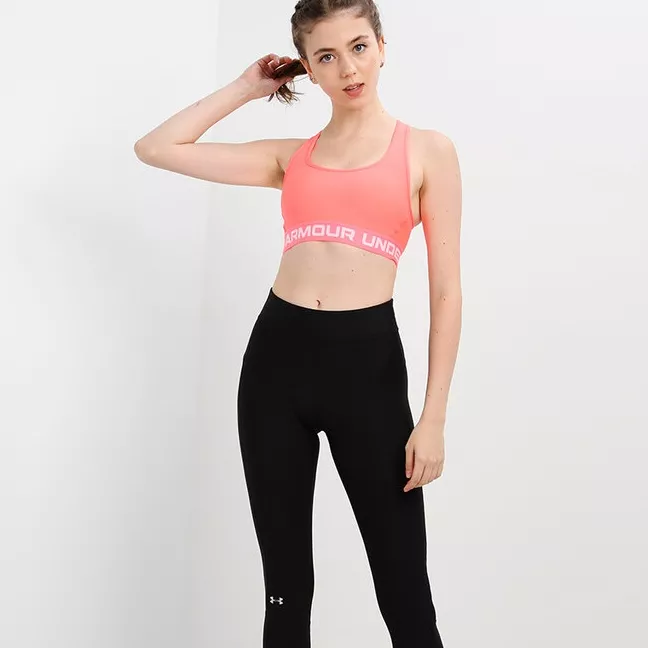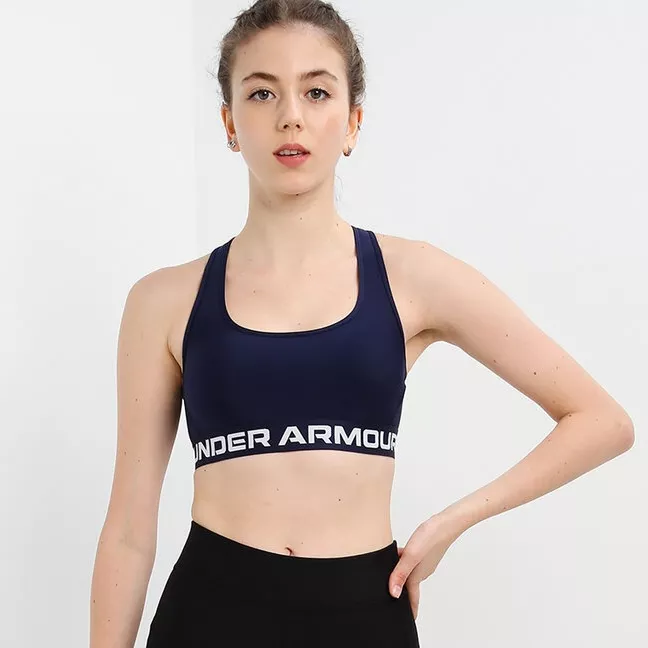Describe Gentle Yoga
Are you new to yoga or seeking for low-impact techniques to exercise your body? People of all ages and skill levels benefit greatly from gentle yoga. However, it can be beneficial for certain individuals, especially those who are unable to perform higher-impact workouts due to injuries, mobility problems, or other health concerns.
You will discover the distinctions between restorative, hatha, and gentle yoga in this post. We'll also talk about what to wear, how to do basic gentle yoga postures, and how to practice gentle yoga.
Should Novices Begin With Mild Yoga?
Beginner yogis can begin at their own pace. If you currently work out sometimes, you should be able to keep up with a faster-paced vinyasa session. You can adjust or change postures to suit your current level of fitness even if you don't work out frequently.
However, you might prefer the slower-paced practice of gentle yoga if you want to ease into the practice or if you're healing from an injury. You probably won't raise your heart rate, but you also won't spend the entire class curled up on the floor like a burrito, which is restorative.A gentle yoga session is a pleasant, safe, and soothing experience for beginners.
Hatha Yoga Versus Gentle Yoga Versus Restorative Yoga
When learning about the many forms of yoga, it can be easy to become confused. The most often confused styles of yoga are Hatha, gentle, and restorative. They might not be alike, but they're all amazing in their own unique ways. Let's examine what distinguishes each of these approaches.
The emphasis of gentle yoga is on deliberate, calm movements. You may still perform stretches such as forward bends and very mild backbends, but the main emphasis will be on safety, accessibility, and accommodations for individuals who require them. It's unlikely that many people would find it difficult to maintain an advanced yoga stance.
Similar to yin yoga, restorative yoga encourages you to relax into whatever pose you're in, but yin requires you to remain in "active" poses for extended periods of time. You'll probably need to use a lot of supports to get into a meditative or passive yoga pose. In these workshops, blankets and bolsters are your friends.
Even though it moves more slowly than a vinyasa session, hatha yoga can nevertheless be physically taxing. Though it has been around for centuries, haha has just lately gained popularity in the United States. Hatha focuses on using posture, breathing, and meditation to access the "vital life force" that is within our bodies. It's unlikely that you'll find a "flow" in your movements. Rather, you will become comfortable in each position and become aware of your experience.
These are all gentler techniques, but they all provide something different.

Kinds Of Moderate Yoga Asanas
Would you like to learn more about all that gentle yoga has to offer? Many of these will leave you sore in a different way, but no less than a power class, which may surprise you. Naturally, many of them—such as restorative yoga and yoga nidra—won't challenge you too much. To truly get into the flesh and muscle of your body, however, many force you to maintain supported and unsupported yoga positions for longer periods of time, or slow down your movements.
Learn about a few different kinds of mild yoga practices by reading on. Always read the course description before enrolling in a class to have an idea of what to expect. Some classes that are marketed as “gentle yoga” involve hatha, yin, and certain forms of kundalini, while others may involve slow, gentle movements while maintaining a calm bodily condition.
Astanga Yoga
Hatha yoga is mentioned in manuscripts from the first century that both Buddhist and Hindu. By using awareness, breath control, and proper posture, it seeks to harness our life force and energy. Like many yoga courses, this one will probably begin with a warm-up, move into more challenging poses, and conclude with a meditation of some kind.
Rejuvenating Yoga
For the individual who is always on the run and in a hurry, restorative yoga is joy. Attend a restorative class if you find it difficult to de-stress. Usually, you'll practice a few yoga poses for an hour or ninety minutes. These poses are typically performed on the floor with props to support you, so you won't need to engage your muscles to hold yourself in place. Although it may seem monotonous to some, it's a really beneficial habit to adopt each week.
Yin Yoga
As opposed to restorative yoga, yin yoga puts you in an active pose. You are not performing a vinyasa flow, that is for sure. Rather, you're retaining a shape for an extended length of time—often several minutes—without the assistance of a prop. When you begin to relax into a pose, like pigeon pose, your muscles will release, allowing you to reach the fascia and joints. Yin employs body weight to move into shapes. Yin is a "cold" practice, meaning you don't want your muscles to get too heated at the beginning because warm muscles begin to do more work.
Chair Yoga
Yoga on a chair is excellent for novices. It's also ideal for people who find it difficult to perform many standard yoga poses without additional assistance. The best thing about yoga is that physical limitations are not a source of shame. If performing a cat-cow on your hands and knees isn't possible for you, you can still improve your flexibility and get health advantages while sitting in a chair.
Yoga Nidra
Yoga Nida is an amazing technique. While power or hot yoga courses are popular, restorative and Yoga Nidra programs are particularly beneficial. The goal of this lesson is to induce a semi-conscious state in which you are both alert and sleepy. You may still feel the earth beneath your body in this transitional state, but you may still be dreaming at the same time. Everyone can potentially benefit from the health benefits of yoga nidra.
Yoga Iyengar
Hatha yoga is the source of Iyengar yoga, and both styles have many similar characteristics. This practice incorporates a variety of household objects, such as straps, blocks, and other materials, to safely assist practitioners in achieving various mild yoga poses. It also emphasizes on alignment throughout the body. In contrast to several other styles of yoga, Iyengar doesn't emphasize spirituality too much.
Yoga Sivananda
While these sessions may appear during the full moon, Sivananda yoga is a less common style of yoga. This is the practice of doing Sun Salutations continuously. Several pranayamas, or breathing techniques, will probably be taught to you in order to assist you concentrate on the movement of energy inside your body. Even though Sivananda is thought to be less mild than some of these other forms, unless you integrate forceful motions yourself, you probably won't experience them.
Yoga Kundalini
Another form of yoga that you can do at your own pace is kundalini yoga. Because Kundalini incorporates chanting, breathing exercises, postures, and hand signals to stimulate the "awakening" of energy at the base of the spine, many find it to be an intense practice on a deeper level. This is an emotional experience for a lot of people, sometimes exhilarating but also blissful.
Advantages Of Mild Yoga
There are numerous advantages to practicing gentle yoga, so you should give it a shot. Among the possible advantages are the following:
1. Increased joint happiness and flexibility – Visualize the human body as a machine. Instead of allowing them to rust, you should oil all those joints to keep them operating smoothly.
2. A more at ease mental state — Since yoga and exercise in general release a lot of feel-good hormones, this benefit can be attributed to both. Because gentle yoga is a calm, thoughtful practice, it can heighten this level of relaxation.
3. Less stress: You might experience a decrease in stress in addition to a more at ease and balanced physique. Stressors still exist, but their power is diminished by our awareness of our emotional states. So the pendulum swing gets smaller rather than swinging far out into tremendous tension.
Easy Yoga Pose & Postures

Are you trying to find some easy yoga positions and postures to do at home? You can use these to reset your body and mind whenever you need to, or you can do them at the start and finish of a workout. The most well-liked calming yoga positions are:
1. Child's Stance
While it's not always possible for people to achieve child's pose, you can support your body with blocks and bolsters. If the full expression of the pose is too severe for your knees, you can stack two, three, or four bolsters and lay your chest on them for additional support.
2. Encouraged Bridge Posture
Supported bridge position means exactly what it says. A block, a blanket, or a bolster are required. Assume a supine position, placing your feet slightly below your glutes and bending your knees while pointing upwards. Raise your hips as high as is safe and comfortable for you to enter a supported bridge, then move your prop beneath your sacrum.
3. The Supine Arc
The supine twist, or even a supported supine twist, is another mild yoga practice. You lie on your back with your knees bent and your feet flat on the floor during a Yin lesson. The spine will then gently rotate as you let both knees drop to one side or the other. Strapping bolsters beneath the knees on the side they fall is a therapeutic technique that you can do if you require the additional support.
4.Seated Bend Forward
If you can access it properly, a forward bend is another excellent mild yoga pose. It can be difficult for some people to sit up straight with their legs outstretched. You can adjust this into a more approachable stance in a number of ways. One way is to fold over both bolsters, one under the knees and the other across the lap.
A low-impact, beginner-friendly form of yoga is gentle yoga. The nicest thing is that anyone can take it, and you can adjust a class to suit your needs if it's too difficult. It's not necessary to do intense power courses every day to increase your flexibility and strength. Therefore, we strongly advise you to include at least one mild yoga session in your weekly exercise regimen. Your mind and body will appreciate it.

































































